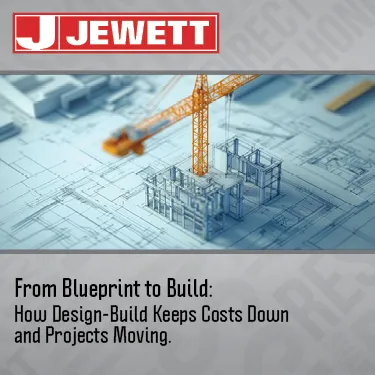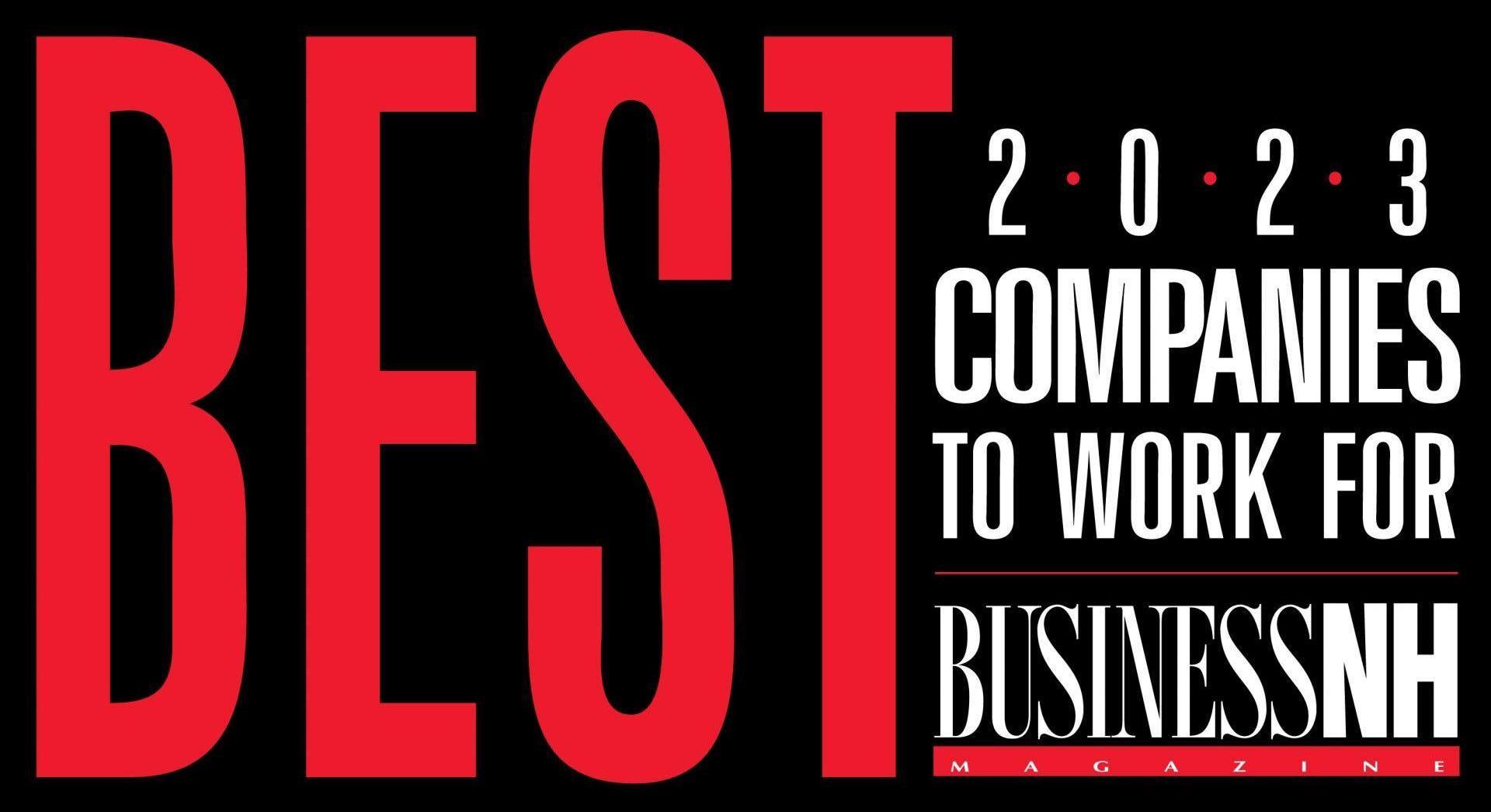From Blueprint to Build: How Design-Build Keeps Costs Down and Projects Moving
March 27th, 2025
From Blueprint to Build: How Design-Build Keeps Costs Down and Projects Moving | 3/27/25

In today’s dynamic construction landscape, efficiency and cost control are more critical than ever. Global supply chain disruptions, labor shortages, and material cost volatility continue to challenge project budgets and schedules. Economic conditions and shifting policies influence availability and pricing, making traditional construction delivery methods increasingly difficult to manage. As a result, many owners are turning to design-build—a streamlined approach that fosters collaboration, reduces risk, and ensures projects are completed on time and within budget.
How Design-Build Mitigates Supply Chain Disruptions and Cost Volatility
The unpredictability of material availability and pricing fluctuations can have a significant impact on project costs. Design-build minimizes these risks by integrating the design and construction teams from the start.
This approach allows for:
- Early Procurement Strategies – With contractor involvement from the outset, critical materials can be identified and secured earlier, reducing the risk of delays due to supply chain constraints.
- Flexibility in Material Selection – The design-build team can quickly adapt to fluctuating prices and recommend alternative materials without compromising quality or project goals.
- Optimized Scheduling – By eliminating the traditional gap between design and construction, design-build accelerates project timelines, reducing exposure to cost escalations over time.
- Choose a Partner with Industry-Specific Expertise – Design-build teams with experience in specific industries can proactively address sector-specific supply chain challenges and regulatory requirements.
Food and Beverage
For food and beverage facilities, maintaining strict sanitation, refrigeration, and processing requirements is paramount. Design-build ensures that specialized materials, such as food-grade stainless steel, insulated metal panels, and advanced HVAC systems, are sourced early to prevent delays. Additionally, integrating construction and design teams ensures compliance with USDA and FDA regulations from the start, avoiding costly redesigns and project slowdowns.
Automotive
Automotive facilities require precision planning to accommodate assembly lines, robotic systems, and specialized equipment. Given ongoing semiconductor shortages and steel price volatility, early contractor involvement helps identify cost-effective alternatives and plan for long lead times. Design-build also allows for streamlined coordination of utility infrastructure and material handling systems, ensuring smooth project execution without unexpected cost spikes.
Warehouse and Distribution
The surge in e-commerce has increased demand for large-scale warehouse and distribution centers. These facilities depend on high-efficiency racking systems, automated sorting technology, and durable flooring solutions. Design-build teams can leverage procurement strategies to secure essential materials such as structural steel, high-speed roll-up doors, and energy-efficient lighting well in advance, mitigating potential supply chain bottlenecks.
Retail
Retail construction often requires quick turnaround times to meet market demands and brand expansion goals. With fluctuating costs for glass, steel, and interior finishes, design-build provides cost certainty through early engagement with suppliers and vendors. By streamlining permitting and approvals, retail projects can open on schedule, maximizing revenue potential while minimizing disruption.
Rather than reacting to supply chain issues as they arise, design-build allows owners to proactively manage these challenges with real-time solutions that keep projects moving forward.
The Benefits of Early Contractor Involvement (ECI) in Project Success
One of the key advantages of design-build is Early Contractor Involvement (ECI)—a process that brings construction expertise into the planning and design phase. ECI enhances project outcomes by:
- Reducing Design Revisions – The contractor provides real-world insights into constructability, minimizing costly design changes later in the process.
- Enhancing Budget Certainty – Early cost modeling and value engineering ensure that design decisions align with financial goals from the start.
- Improving Risk Management – Contractors can identify potential risks early, helping owners avoid unforeseen expenses and schedule disruptions.
When owners engage a design-build firm, they gain a strategic partner who works alongside them to navigate market challenges, ensuring their vision is achieved with minimal risk.
Navigating an Uncertain Landscape with Confidence
The construction industry is inherently influenced by external factors such as market shifts, evolving regulations, and broader economic conditions. While these influences are ever-changing, owners can protect their investments by selecting a delivery method that prioritizes adaptability and efficiency.
Design-build stands out as the most effective solution in today’s uncertain environment, offering a single-source approach that streamlines processes, enhances communication, and delivers high-value results. By mitigating supply chain disruptions and controlling costs through early collaboration, design-build ensures projects are delivered on time, within budget, and with fewer surprises.
For owners seeking certainty in an unpredictable market, design-build is the path forward—providing confidence, efficiency, and measurable results from project inception to completion.

About Jewett: Jewett Construction Company is a full-service commercial construction company, design-builder, general contractor, and commercial construction manager with projects across the East Coast.
Jewett Construction through its licensed division Jewett Design LLC. (“Jewett”) provides architectural services.








